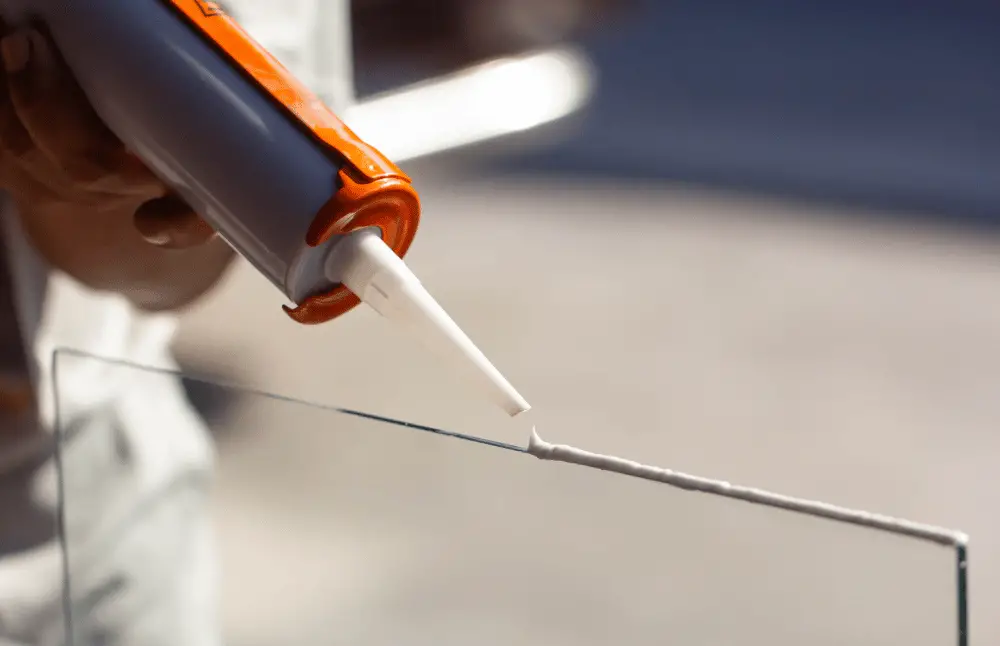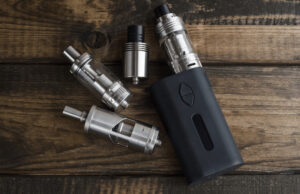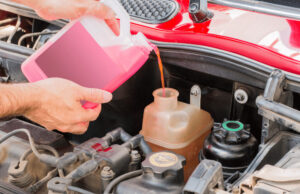
Bondo, a brand name for polyester resin-based body filler, is widely used in auto body repair. Bondo comes with a hardener to help it set quickly and achieve adhesion for a strong bond. This raises the question – can you use Bondo without the hardener?
Table of Contents
Can You Use Bondo Without The Hardener?
The short answer is that you can use Bondo without the hardener, although its structure will not be as strong, and the surface bonding agent won’t be as effective. But if you need to make a temporary repair, or if you are using Bondo on an interior surface that doesn’t need maximum strength, then using just the resin may be fine.
Why Do You Need to Use Hardener With Bondo?
You need to use a hardener with Bondo because it helps create a strong bond between the filler and the material it is being applied to. The hardener serves several purposes:
Make sure there is enough glue between layers of filler so that air and moisture don’t get trapped between them.
Create a uniform texture for smooth sanding when shaping your project after applying multiple coats of filler.
Activate resins within the mix, which help to stabilize against shrinkage due to temperature changes throughout its curing process.
What Happens If You Don’t Use Hardener?
If you don’t use a hardener with your Bondo application, your bond won’t be nearly as strong, and it’s likely to crack over time. Your project also won’t have much stability against humidity or temperature changes which could cause warping while curing.
This means that your repair job may not last as long because it’s more susceptible to damage due to environmental conditions, vibrations from driving, or other mechanical means of transportation.
Additionally, without proper adhesive qualities between layers of fillers, there will be less cohesion with each additional layer added on top of previous ones, leading to weakness in areas where multiple layers have been applied.
How Can You Use Bondo Without Hardener?
Although using Bondo without a hardener is generally not recommended, there are times when this might be necessary depending on how large your project is and how much time you have available for finishing your work before weather conditions change dramatically (such as rain).
In these cases, adding some baby powder into your mixture before the application can help add some extra strength and stability against environmental influences like moisture or heat changes during drying.
Additionally, covering your project with plastic wrap after application helps keep humidity out so that it dries faster than normal – reducing any potential shrinkage risk from taking place during the curing process due to temperature changes over time.





